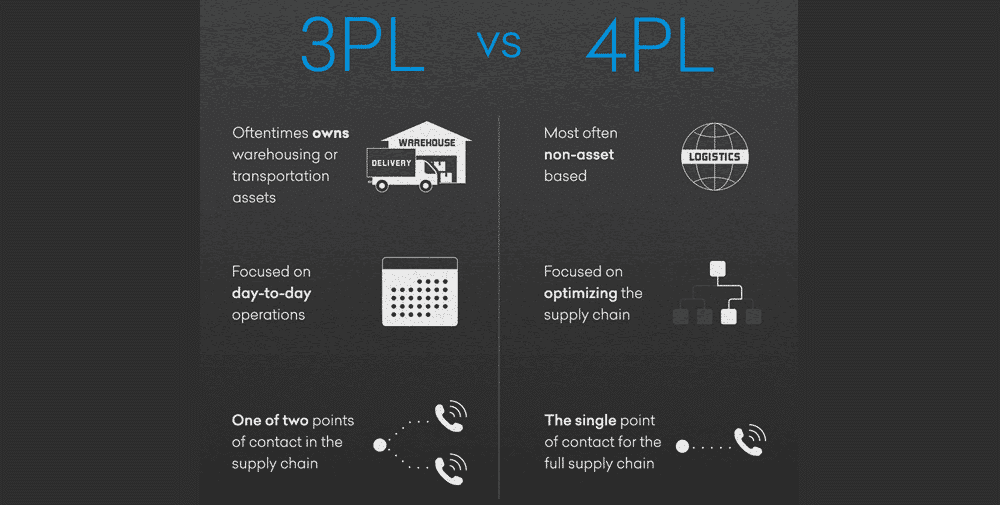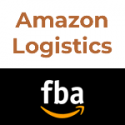20 years ago, if you purchased something by mail, you could expect to wait several weeks before seeing the item. Now, you start steaming from the ears when the 48-hour mark hits and there is still no Amazon package on your doorstep.
Table of Contents
The trend in logistics is shifting from a primarily B2B (business to business) model to a consumer-oriented B2C (business to consumer) model.
The B2B logistics model looks something like this:
- Goods are produced by the manufacturer
- Goods are moved by air or sea to a warehouse
- Goods are transported to large retail warehouses by logistics providers, to be stocked at brick and mortar retail shops by the retailer
This model relies on consumers actually setting foot in a store and making a purchase the old fashioned way. But in the age of e-commerce — which has been further accelerated by the COVID-19 pandemic — in-person shopping is no longer the norm.
And while the B2B model works for companies moving huge amounts of product, it doesn’t provide the flexibility that growing companies might need. With the global e-commerce market set to hit 7.4 trillion dollars by 2025, businesses and their logistics partners both need to be ready to adapt.
This past year, e-commerce sales made up an estimated 19.6 percent of retail sales — and the experts say that this number may reach 25 percent as soon as 2025.
B2C logistics today
In today’s e-commerce environment, a typical B2C model might look like this:
- Goods are produced by manufacturer
- Goods are transported to warehouse by logistics providers, and goods may bounce from any number of warehouses/fulfillment centers/shipping containers throughout the logistics process before they are ready to be packed and shipped out
- Goods are sold online by manufacturer, e-commerce retailer, individual seller, etc
- Warehouse receives online order, picks goods out of storage space, and packs them
- Goods are shipped to the customer through a chain of different logistics providers
- Customers may choose to return or exchange goods by mail. The warehouse needs to receive these returned goods and-
- Provide the customer with a refund or store credit
- Provide the customer with other goods in exchange
- Check and store the returned item
- During this entire process, third and fourth party logistics providers (3PL and 4PL) may be used by the e-commerce retailer to manage the flow of goods through the supply chain
This model is not quite as linear as B2B. It requires a bit more planning on the front end, but it gives you something valuable that a traditional model lacks: options.

What, exactly, is 4PL?
Broadly speaking, there are two types of 4PL:
- Tech platforms offering a limited number of services at low fees (essentially a tech interface)
- Logistics companies offering bespoke services globally for creating a logistics network with integrated technology
The former is sort of like the Airbnb of logistics. They link online retailers with logistics providers, providing a platform-as-service.
In today’s consumer environment, we are seeing the growth in popularity of the latter type, the 4PL logistics provider. This type of 4PL’s function is to develop and put into action a total logistics solution for your e-commerce business. They typically do not hold tangible assets like fulfillment centers and trucks, but will manage the movement of your product through all of those mediums. And when you are working with this type of 4PL, you have the option to select from any number of the logistics providers from that 4PL’s network of connections.
So how does 4PL fit into Amazon?
As most of us know, Amazon has set the standard for e-commerce retailers. This model puts a lot of focus on getting goods to the customer's doorstep as quickly as possible. Logistics is becoming another face of customer service.
Furthermore, customers have lots of power — if they don’t like shipping costs/times with one online retailer, they can easily go elsewhere.
In the post-covid world, supply shortages are as pervasive as demand spikes. Everything needed for logistics — containers, labor, trucks, and warehouse space — has been in short supply at one point or another, not to mention the actual goods for sale. Ports cannot handle this, nor can logistics providers, so e-commerce businesses suffer constant delays. The industry is still not equipped to deal with the demand.
E-commerce and logistics providers need to overhaul processes in order to meet expectations. This is already being done in a variety of ways— namely automating certain processes and leveraging help from 3rd and 4th party logistics providers. Growing pains are inevitable, and a one-size-fits-all model simply won’t get the job done anymore.
Amazon provides 4PL services, but their model is a bit different from most other 4PL providers.
Both Amazon’s online retail platform and fulfillment services are streamlined and fairly simple for e-commerce retailers to use. But relying only on Amazon for fulfillment, known as FBA (fulfillment by Amazon), has downsides.

Unlike other 4PLs, Amazon fulfillment is done in-house, meaning that they own all their own fulfillment service providers. This makes it very easy for Amazon to manage fulfillment for the vast amount of orders the platform gets, but it also means going FBA may not be your best bet.
When you use Amazon for fulfillment you are sacrificing the flexibility that another logistics provider would better be able to provide you.
For those selling on Amazon, you may instead want to consider FBM (fulfillment by merchant).
With FBM, you gain a few key advantages for your fulfillment process:
- Flexibility: Option to choose logistics providers- Amazon owns all its warehouses and fulfillment centers. If Amazon experiences delays, you do not have the option to use another logistics provider with FBA
- Visibility and control:With Amazon, your level of control over your fulfillment process is pretty limited, as is your ability to interact with customers and logistics providers when something goes wrong
- Freedom to create a strategy that works best for you:With FBA, fulfillment is standardized and conducted based on Amazon’s business priorities, not yours
What to look for in a 4PL firm
The best 4PLs leverage their industry knowledge, data, and your unique input to manage your logistics as strategically as possible. If you opt to go the 4PL provider route, look for the following characteristics:
- Personalization: Do they form your logistics plan and pricing based on your company’s unique needs?
- Visibility: Do they provide you with a comprehensive view of your logistics data online, and allow you to track the movement of packages easily?
- Opportunity for growth: Do they consult with you about your goals/projections, providing suggestions to expand and improve your business?
- Pricing based on your needs, with no surprise fees: Are you paying only for what you need?
Some of the big players in the shipping industry are starting to do this. Still, you need to ensure any company that tells you they can do end-to-end shipping really has the capability to back it up.
How can the right 4PL provider help my fulfillment?
When it comes to the Amazon shipping ecosystem, 4PL offers flexibility and a way to play by your own rules.
A stellar 4PL provider acts as a logistics consultant and manager — taking the time to build a personalized logistics strategy with you, and handling the complex aspects so that you can focus on building your business. In today’s complex supply chain ecosystem, it’s never been more important to have a partner on your side who isn’t held back by their own assets.
The future of shipping is uncertain. The 4PL shipping model gives you what matters most: options.
More posts
About the author

Nick Bartlett
Co-Founder & Director of Sales & Marketing for CBIP Logistics.
Head-quartered in Hong Kong, CBIP provides global supply chain strategies, logistics services, and bespoke B2B and B2C solutions to its customers. CBIP leverages its globally reputable network of partners and knowledge to bring to provide our customers with world class products, fulfilment, and technology, to provide you with transparency and simplicity.




